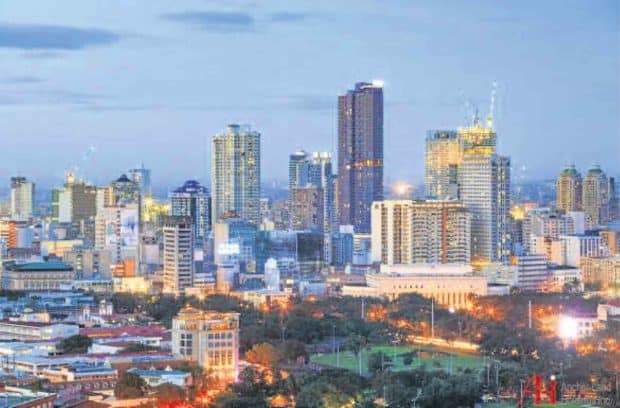
The Philippines’ gross domestic product (GDP) will revert to its prepandemic level only in 2022—a longer time compared to its neighbors—as COVID-19 remains uncontained and external factors weigh on the domestic economy’s recovery prospects, the World Bank said.
In a recent webinar, World Bank senior economist for East Asia and Pacific Ergys Islamaj pointed to the high COVID-19 infections in the Philippines and Indonesia.
However, Islamaj said Indonesia’s GDP would return to pre-COVID-19 levels in 2021, while it would take a year later in the Philippines.
Asked why it would take two years, Islamaj told the Inquirer in an email: “The Philippines has not been able to control the disease and has gone on a cycle of repeated strict lockdowns and reopenings.”
“It has the advantage of young populations but at the same time it has a large informal sector, mainly oriented toward services, which are hit hard during this crisis. At the same time, the Philippines is exposed to the rest of the world through trade, tourism and remittances. Because both domestic and external conditions face the prospect of an uneven and volatile economic recovery, the Philippines’ economy is projected to recover only gradually,” Islamaj said.
The World Bank had projected the Philippines’ GDP to shrink by 6.9 percent in 2020—poised to be the worst drop in 35 years. For 2021, the World Bank sees the Philippines growing by 5.3 percent, below the government’s 6.5 to 7.5 percent growth target.
For its part, the government had estimated economic contraction this year.
The government’s more optimistic growth target for 2021, if realized, would lift GDP to P20.6 trillion.
Islamaj said the expected slower recovery would also weigh on poverty alleviation and jobs.
“Despite the government’s efforts to mitigate the negative effects of the pandemic on poor and vulnerable households, the poverty incidence is estimated to increase by around 1.9 percentage points between 2019 and 2020 (based on the lower middle-income poverty line of $3.2 a day, 2011 purchasing power parity), and unemployment is expected to increase. If wage and nonfarm employment increase with GDP growth and inflation is stable, the poverty rate will likely decline back to its 2018 level by 2021 and maintain a downward trend through 2022,” Islamaj said.
The World Bank nonetheless lauded the Philippines’ focused socioeconomic response to the COVID-19 pandemic as the government prioritized and targeted financial support to poor households and badly hit businesses despite its meager resources.
#realestateblogph | #realestateblogphpropertynews | #REBPH
Article and Photo originally posted by Inquirer.Net last October 12, 2020 4:08am and written by Ben O. de Vera.







More Stories
Vista Land Celebrates 50 Years with Sandiwa: An Event Honoring Leadership, Legacy, and the Filipino Dream of Homeownership
Vista Land Celebrates Love Month in Ilocos Region
Vista Land Bridges Cebuano Heritage and Progress with Valencia by Vista Estates